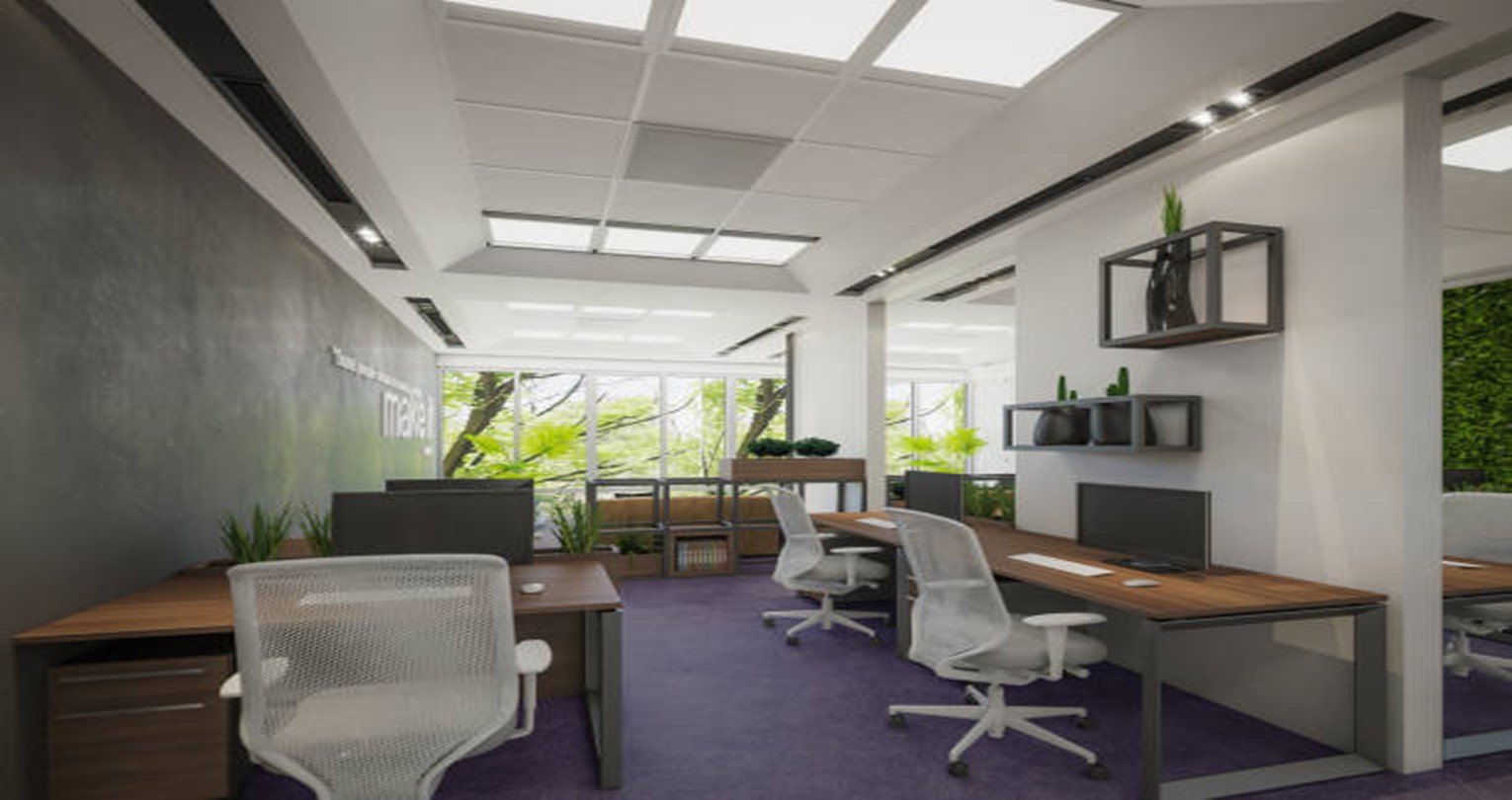
In the face of global environmental challenges, the environmental impact of offices cannot be ignored. Office operation involves energy consumption, waste generation and resource utilization, all of which have direct or indirect impacts on the environment. Modern offices are faced with the problems of energy consumption and resource wastage. Lighting, air-conditioning, computers and other equipment consume a lot of energy, mainly from fossil fuels, leading to an increase in carbon emissions. In addition, paper, plastic and electronic product waste in the office will also cause environmental pollution. Therefore, the promotion of green office is crucial to minimize the burden on the environment and comply with the global trend of environmental protection.
First of all, promoting a green office that saves energy and reduces carbon emissions is our main goal. We can enable enterprises to significantly reduce energy consumption and carbon emissions by adopting energy-saving equipment, improving energy management systems and implementing energy efficiency measures. These include the use of LED lighting, installation of intelligent temperature control systems and implementation of water conservation measures. These measures not only help protect the environment, but also reduce the operating costs of enterprises and enhance economic efficiency. Secondly, a green office can also significantly enhance the corporate image. In an increasingly environmentally conscious market, corporate environmental behavior is often seen as part of corporate social responsibility. Adopting green office measures can demonstrate a company's commitment to environmental protection, enhance brand image and attract more environmentally concerned customers and partners. In addition, green office can also enhance employee satisfaction and motivation. An environmentally friendly workplace is usually healthier and more comfortable, enhancing the work experience of employees.
Selecting and installing energy-saving features is crucial in promoting a green office. First of all, an efficient lighting system can significantly reduce energy consumption, and LED lighting is an ideal choice because of its high energy efficiency and long lifespan, which reduces power consumption and maintenance costs. To further enhance the effect, you can also consider installing intelligent lighting systems that can automatically adjust light intensity according to actual usage to avoid energy wastage.
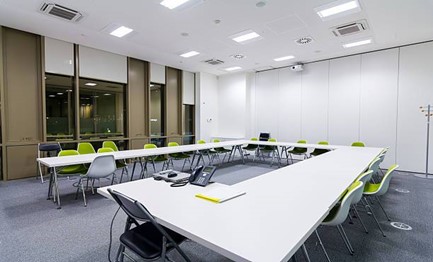
In addition, energy-efficient air conditioning systems are equally important. Choosing an inverter air conditioner can reduce energy consumption by automatically adjusting the speed of operation based on the indoor temperature. Choosing an air conditioning system with a high Energy Efficiency Ratio (EER) or Seasonal Energy Efficiency Ratio (SEER) can further increase energy efficiency. When installing an air conditioning system, make sure it is sized to fit the office space to avoid unnecessary energy waste. Regular cleaning and maintenance of the air conditioning system is also necessary to keep it running optimally.
The installation of water saving devices is also part of the energy saving measures. The use of low-flow faucets and flushing devices can significantly reduce water consumption. For example, installing taps with flow restrictors and high-efficiency flushing toilets can reduce water wastage. Clearly labeled water-saving signs inside the office can also raise awareness of water conservation among employees.
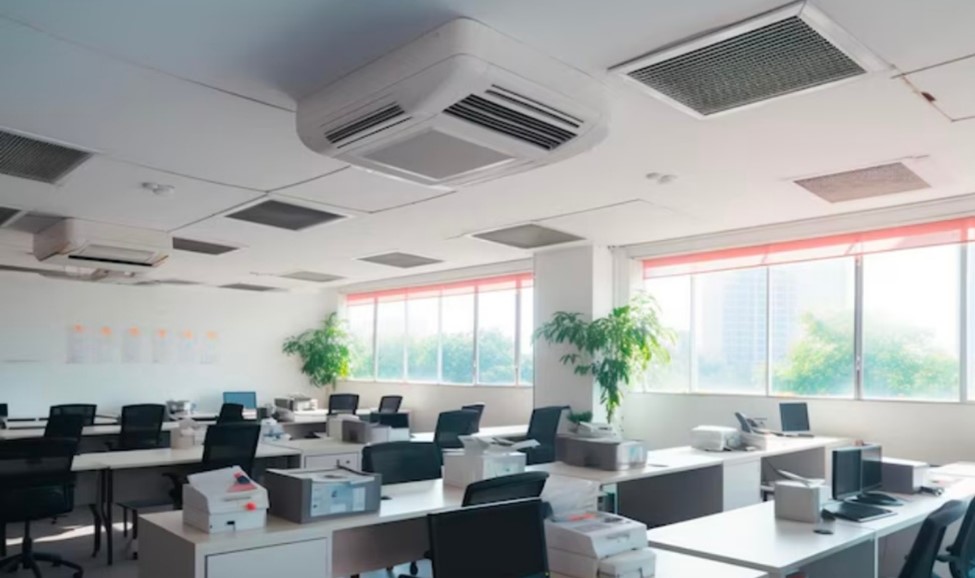
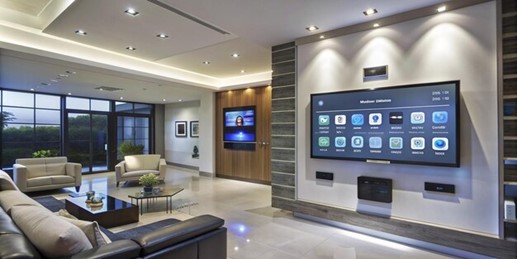
Smart technology also plays a key role in energy management. Installing an Energy Management System (EMS) allows real-time monitoring and analysis of energy usage in the office. These systems can provide detailed reports on energy consumption, helping organizations to understand the energy consumption patterns of various equipment so that they can make targeted adjustments. For example, an intelligent temperature control system can automatically adjust the operation of air conditioning and heating according to the actual needs of the office. Intelligent lighting systems can automatically turn on and off the lights according to the activities of the staff, avoiding unnecessary energy consumption.
Apart from energy-saving equipment, choosing eco-friendly building materials is also key to designing a green office. Choosing low-pollution building materials and furniture, such as recycled materials and non-hazardous paints, not only minimizes the impact on the environment, but also improves indoor air quality and staff health. The use of eco-friendly building materials can reduce the emission of volatile organic compounds (VOCs), making the office environment healthier and more comfortable, and helping to create a greener and more sustainable workspace.
Choosing low-polluting building materials is the cornerstone of creating an eco-friendly office design. Recycled materials are the best choice! Recycled materials are building materials made from recycled or reprocessed raw materials. For example, recycled lumber and recycled plastics not only reduce the need for virgin resources, but also reduce the amount of waste produced. Reclaimed wood, often from old buildings or discarded furniture, is processed and reused, reducing the ecological impact of logging. Recycled plastics, on the other hand, come from discarded plastic bottles or packaging materials, and their use greatly reduces reliance on petroleum-based raw materials. Harmless paints are another good option. Traditional paints and varnishes contain volatile organic compounds (VOCs), which are released into the air during the drying process, causing adverse health and environmental effects. Choosing paints with low or no VOCs can significantly improve indoor air quality and reduce health risks. In addition, choosing water-based paints over solvent-based paints is also a way to minimize environmental impacts.
An effective waste separation and recycling system is the foundation of waste management. Clearly labeled containers for waste segregation, such as paper, plastic, metal, glass and waste batteries, with simple guidelines for segregation, should be provided in offices. Work with professional recycling companies to ensure that waste is handled correctly. Regularly inspect and clean recycling equipment, and conduct staff training on waste management to increase participation and awareness. Reducing the use of disposable products is also key. Businesses should encourage the use of reusable products to minimize the burden on the environment. Best practices include regularly evaluating and adjusting the effectiveness of waste management, optimizing recycling rates and waste generation, and improving measures through employee feedback.
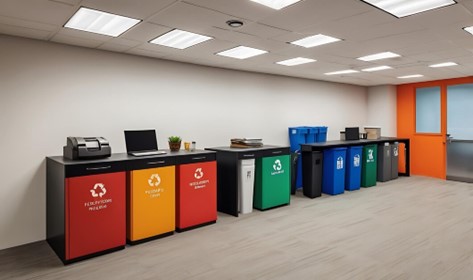
However, the introduction of indoor plants in green office design is also an effective strategy to improve office air quality and employee well-being. Indoor plants not only improve the visual effect of the office environment, but also increase productivity and comfort by adding oxygen and reducing harmful substances in the air. The first step in adding indoor plants is to determine where to place them. Plants should be placed in areas of the office where they can receive appropriate light, but avoid overcrowded areas. Consider adding plants in the following areas.
To enhance the comfort and aesthetics of your office environment, you can adopt the following plant arrangement strategies. First, place small plants, such as aloe vera and ivy, on each employee's desktop. These plants have low light requirements and are easy to maintain, which can increase the comfort and concentration of an individual's workspace. Secondly, using the wall hanging system, plants can be installed vertically on the wall, saving space and beautifying the office environment. Hanging orchids and dendrobiums are suitable plants for this approach, as they are adapted to the growth characteristics of vertical spaces. Finally, placing large plants, such as bamboo yams and dragon's blood trees, in public areas such as reception areas, lounge areas and meeting rooms can enhance the greening effect of the overall space and provide a good visual focus to strengthen the overall atmosphere of the office.
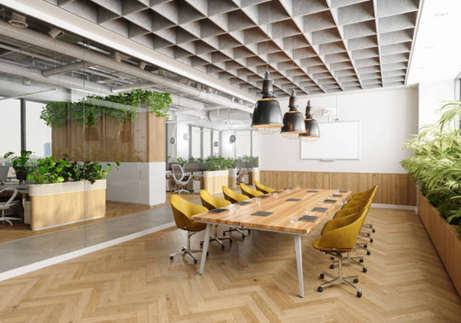
Finally, here is an example of a successful green office design. Patagonia Office Design in the US is very eco-friendly and utilizes many green building materials and energy-efficient technologies. Their headquarters includes buildings constructed with recycled materials, green roofs and energy efficient systems. The company has also implemented a "zero waste" policy to reduce office waste and encourage employees to participate in green activities.
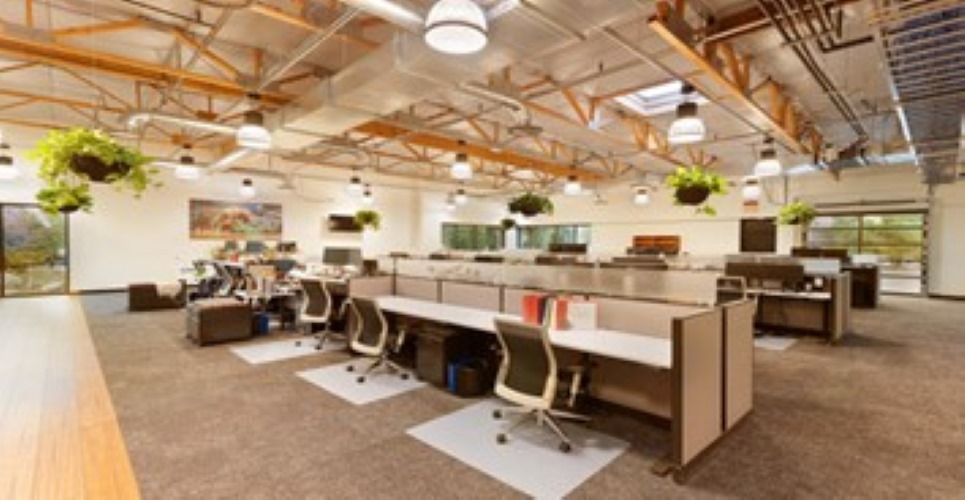
Image Source:https://www.tska.com/patagonia-sugar-pine
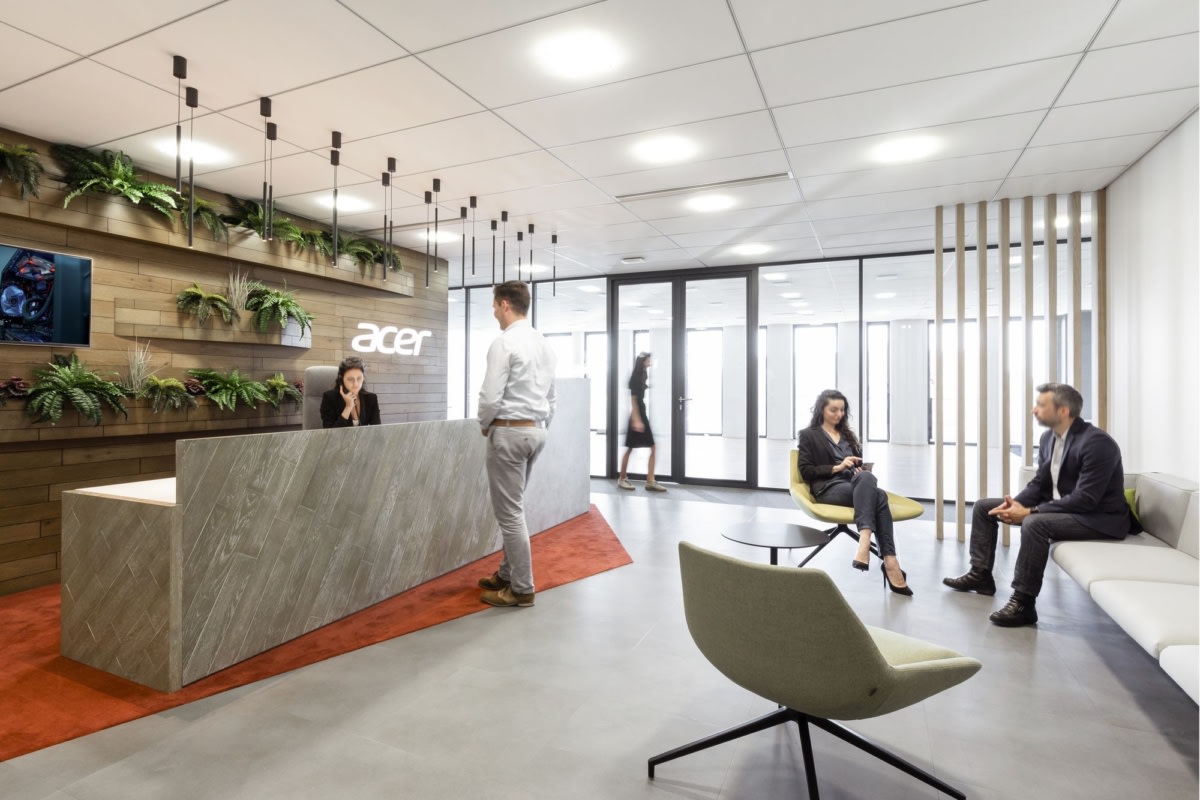
Professional office design, inspire your unlimited possibilities Ins

Project Development l Interior Design
We're here to inspire your workplace.